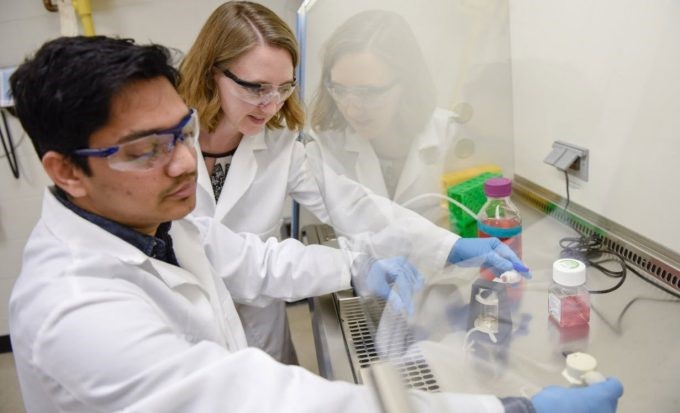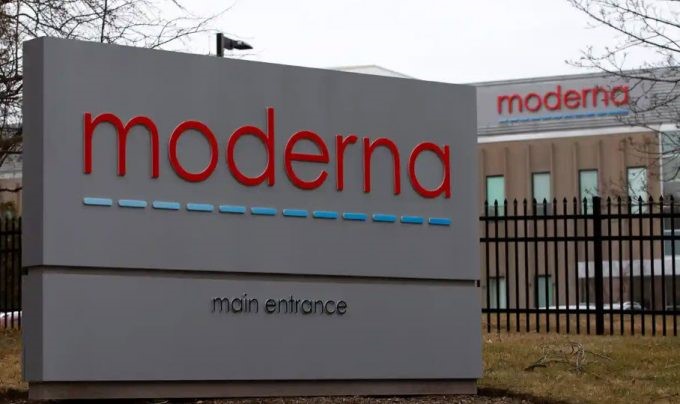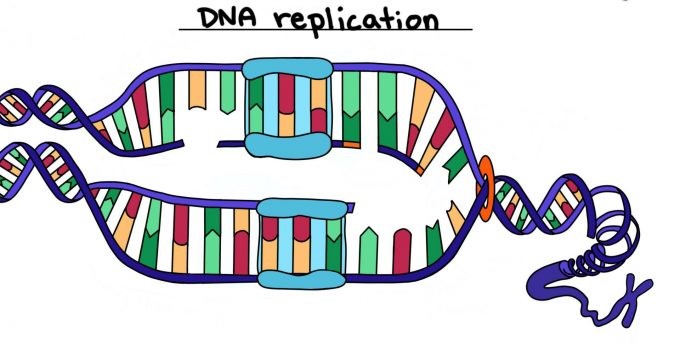Dr. Al Brooks wraps up his final installment of his white paper on the Coronavirus.
In the first four installments of this white paper we talked about the underlying math behind the Coronavirus pandemic, our unique inability to address it, a search for solutions and the importance of a vaccine. Here, we discuss alternative strategies for creating a vaccine.
Alternative approaches to creating vaccines
The Lancet is England’s premier biomedical journal and one of the world’s most respected scientific publications. It published a study from China in May about a vaccine that uses a common cold virus to help generate immunity to Covid-19.
There are 200 different viruses that can cause the common cold. Some are coronaviruses. Some adenoviruses. The scientists in the study took a weakened strain of an adenovirus and used it to “vector” part of the Covid-19 virus.
They used genes from the Coronavirus that create the spike proteins on the surface of the virus that attach to human cells. When these genes are inserted into the adenovirus, the adenovirus creates these Coronavirus proteins on its surface. The body reacts by producing antibodies to those surface antigens.
Then, if a person gets exposed to the actual Coronavirus, there will hopefully be enough antibodies to attach to its surface proteins to prevent the virus from attaching to cells. These are called neutralizing antibodies.
There are other approaches to making a Coronavirus vaccine as well. Each is being tested by different medical centers and companies. These include recombinant protein vaccines, RNA vaccines and DNA vaccines. Assuming that many will be effective, we will have to choose the safest before giving it to billions of people.
Not all antibodies give immunity
Remember, you can create vaccines that will create antibodies to many of the coronavirus proteins. But the only proteins that matter are the spikes on the surface of the virus that attach to human cells.
Antibodies to those proteins (those antigens) are called neutralizing antibodies. Researchers are looking for an antibody that will bind to those spike proteins on the surface of the virus in a way that will prevent the virus from attaching to our cells.
There is another problem with vaccines. We need them most for the people at greatest risk of dying. These are the elderly and people with weak immune systems. Neither easily produce antibodies. If you immunize them, many will not make enough antibodies to become immune.
It takes time to develop a vaccine
Creating a vaccine involves a lot of trial and error. Are you picking the right virus protein to create your antibodies? Are there better choices? What about the dose of the vaccine? How long do the antibodies and immunity last? There are thousands of questions that need answered, and each must be tested and eliminated before moving on.

Sometimes researchers will work on what they think will be great. Then six to 12 months later, they discover that patients do not produce enough neutralizing antibodies to prevent an infection.
The process of finding a safe, effective vaccine can take years. Here, it will probably take only one year, if we are lucky. Since February, I have been saying a year to a year and a half. That is still true.
here is a 40% chance of two years or more, and maybe a 20% chance we will never have an effective vaccine. It is important to remember that there is no vaccine to Herpes, HIV (AIDs) and many other viruses, despite decades of attempts to create one.
Many vaccines take more than a decade to develop. Having 100 companies and medical centers all working on a vaccine should greatly reduce time needed.
This is an exception to Warren Buffet’s rule about how great things take time. He once said, “No matter how great the talent or efforts, some things take time. You can’t produce a baby in one month by getting nine women pregnant.”
Here, we are essentially trying to do just that! If it takes a million hours to develop a vaccine, having 100 research teams working on it will greatly reduce the time.
With 118 teams working on a vaccine, why isn’t it here?
The World Health Organization (WHO) in May said that there are 118 teams working to create a vaccine. Why not? It’s your lottery ticket to get famous and you will have 7 billion customers!
We have heard some good news recently from Moderna Inc. (MRNA), Oxford Industries Inc. (OXM), Merck & Co. (MRK), and Johnson and Johnson (JNJ). It’s enough to make physicians believe there will probably be a safe, effective vaccine, and the first versions of it should be out next year.

But think about this. If there are 118 teams working, why are we not hearing 118 pieces of good news every week?
It is because creating a vaccine is difficult. If the other 114 companies had good news, we would have heard. Since we have not, I assume they have nothing good to say.
That in part is due to some of them being unsuccessful. For most, it is simply too early. Yet, they have been working for months.
That should tell us that making a safe, effective vaccine is difficult and it will probably take longer than the politicians are predicting. Remember, President Trump in February said that we would have a vaccine in three to four months. Dr. Anthony Fauci said that we might have 60,000 deaths.
We are looking for a 1st vaccine and not the final vaccine
It is important to note that scientists will continue to work on coronavirus vaccines for decades. The first vaccines will not be the best, but right now, even a mediocre vaccine would be great.
A minimum goal is to create a safe vaccine that simply reduces the severity of the infection in 60% of immunized people. It is possible that it only creates partial immunity. For example, immunized people might still get Covid-19, but a less severe form.
Hopefully, the first available vaccine will completely prevent infection in at least 90% of immunized patients. Also, we want the immunity to last at least a year before we have to get another dose, if we ever need a booster shot.
I mentioned that coronaviruses are an RNA type of virus. That is important because RNA viruses do not carefully verify that their duplication in cells is accurate. This results in lots of mistakes. A mistake is a mutation. It often is big enough so that the vaccine is no longer very effective. You then have to create a new vaccine.
Mutations cause vaccines to fail, and they cause cancer and evolution
As a side note, everyone knows that mutations are common in all species. They are responsible for vaccines no longer working, cancer and evolution.

If one colored molecule does not pair up perfectly, there will be a mutation.
Humans have 20,000 genes. Each is a long chain of molecules. When a cell divides, it tries to make an exact copy of every gene.
It is going to make mistakes. The sperm of an average man has about 20 mutations. That means the average sperm has about 20 genes different from those of the rest of the man’s body. The same is true of for a woman’s ovum.
With 20 mutations each generation, there are about 1,000 every thousand years. Over tens of thousands of years, the difference can be enough to create subspecies and new species, which is the basis of evolution.
It’s the economy, stupid
All this talk about viruses is because it directly affects the economy. The longer people are unemployed and fearful of many activities, the less consumer spending there will be. Since 70% of GDP is from consumer spending, this pandemic is reducing the quality of life of the average American.
The most optimistic talk about vaccines is coming from the White House. With an election in only five months, it is in its best interest to have people be confident that a vaccine will be here soon and everyone will get their job back.
If people are confident, they will spend money. That will increase the number of jobs. The White House hopes to be rewarded in November for getting us through a disaster.
There are some problems with this. I doubt that there will be a widely available, effective vaccine before next spring at the earliest. Also, despite a vaccine, at least 500,000 Americans will eventually die from this pandemic. People should get a sense of this before the election.
It is important to remember that the selloff in February and March was a major bear surprise. There is a 70% chance of a second leg down sideways to down. It probably will begin within a couple months. If it comes in October, the White House will be in trouble.
Final thoughts
We are in the midst of the most significant worldwide event since World War II (did people know they were amid a globally significant event in the 1940s, or were they too busy, fighting a war and surviving?). But it does not feel that big. The economic data and the number of infected people and deaths are going to be so extreme that history will see it as incredibly important.
There will probably be a vaccine sometime next year. It should be good enough to greatly reduce the number of new infections. If 60% to 70% of the population is immune, we will have herd immunity. That will lead to a steady decrease in the number of new infections until Covid-19 is no longer significant.
Because the coronavirus is an RNA virus, we should expect mutations. Once we are vaccinated, the immunity might not protect us from a mutated coronavirus. We might have to get updated coronavirus vaccines every year or so for a long time, just like the flu shot.
There was panic when the pandemic hit. Then there was euphoria when we realized that this was not going to be as bad as the bubonic plague, and when the Federal Reserve guaranteed that it would protect the economy. Consumer spending is still down and unemployment is up. Also, the stock market is probably in the sell zone. Traders should expect about a 50% retracement of the two-month rally over the next few months. The stock market should continue its 2.5-year trading range at least until the end of the pandemic in one to two years.
Traders believe that the March low was too low and they probably think that the February high is too high, given the unemployment rate. This should result in a trading range at least through the remainder of 2020.
Trading Room
Traders can see the end of the day bar-by-bar price action report by signing up for free at BrooksPriceAction.com. I talk about the detailed E-mini price action real-time throughout the day in the BrooksPriceAction.com trading room. We offer a two-day free trial.





















